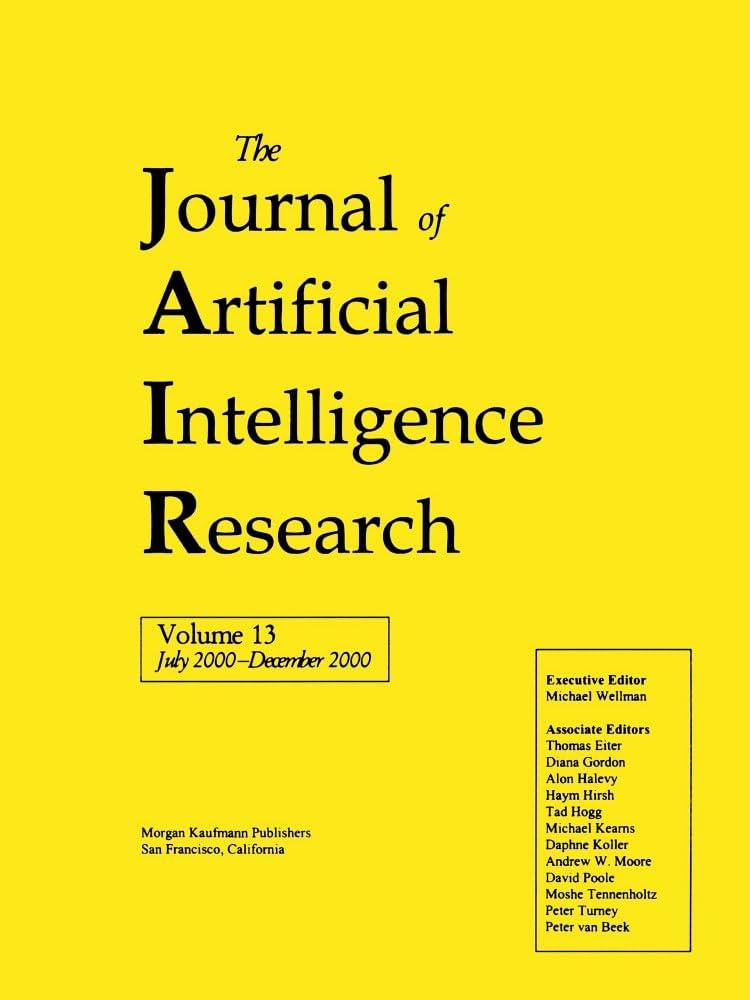量词使用的计算建模:语料库、模型和评估
IF 4.5
3区 计算机科学
Q2 COMPUTER SCIENCE, ARTIFICIAL INTELLIGENCE
引用次数: 0
摘要
形式语义学中一个突出的工作是研究人类语言量化集合元素的方式,比如我们说所有A都是B,很少A是B,等等。建立在越来越多的实证研究的基础上,揭示了量词的意义和使用,我们通过计算模拟人类说话者如何在文本中描述数量关系发挥重要作用的复杂场景来扩展这条工作线。为此,我们进行了一系列的启发实验,在这些实验中,我们要求人类说话者执行一项语言任务,该任务邀请使用量化表达。实验产生了一个名为QTUNA的语料库,该语料库由包含大量量化表达的短文本组成。我们分析QTUNA,总结我们的发现,并解释我们如何相应地设计人类量词使用的计算模型。最后,根据QTUNA对这些模型进行评价。本文章由计算机程序翻译,如有差异,请以英文原文为准。
Computational Modelling of Quantifier Use: Corpus, Models, and Evaluation
A prominent strand of work in formal semantics investigates the ways in which human languages quantify the elements of a set, as when we say All A are B, Few A are B, and so on. Building on a growing body of empirical studies that shed light on the meaning and the use of quantifiers, we extend this line of work by computationally modelling how human speakers textually describe complex scenes in which quantitative relations play an important role. To this end, we conduct a series of elicitation experiments in which human speakers were asked to perform a linguistic task that invites the use of quantified expressions. The experiments result in a corpus, called QTUNA, made up of short texts that contain a large variety of quantified expressions. We analyse QTUNA, summarise our findings, and explain how we design computational models of human quantifier use accordingly. Finally, we evaluate these models in accordance with QTUNA.
求助全文
通过发布文献求助,成功后即可免费获取论文全文。
去求助
来源期刊

Journal of Artificial Intelligence Research
工程技术-计算机:人工智能
CiteScore
9.60
自引率
4.00%
发文量
98
审稿时长
4 months
期刊介绍:
JAIR(ISSN 1076 - 9757) covers all areas of artificial intelligence (AI), publishing refereed research articles, survey articles, and technical notes. Established in 1993 as one of the first electronic scientific journals, JAIR is indexed by INSPEC, Science Citation Index, and MathSciNet. JAIR reviews papers within approximately three months of submission and publishes accepted articles on the internet immediately upon receiving the final versions. JAIR articles are published for free distribution on the internet by the AI Access Foundation, and for purchase in bound volumes by AAAI Press.
 求助内容:
求助内容: 应助结果提醒方式:
应助结果提醒方式:


